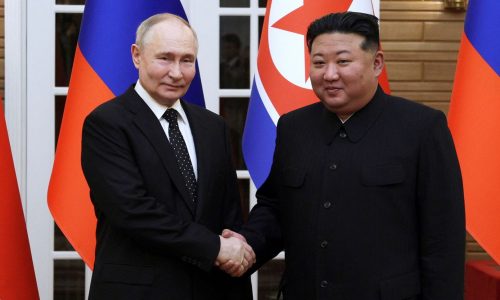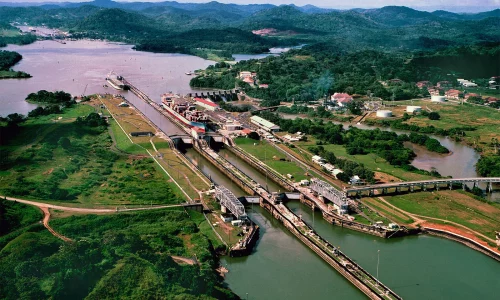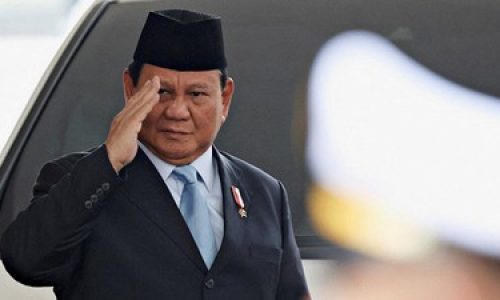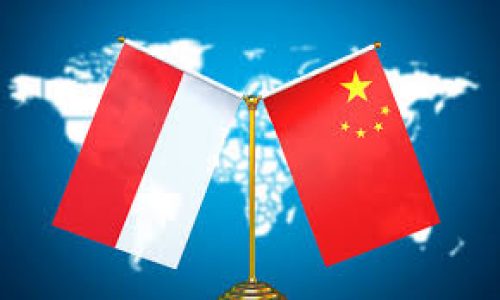The 10-member ASEAN, which was established in 1967, has voiced a discourse on a common currency, just like the European Union (EU) with its euro. The regional grouping has its primary objective to accelerate economic growth as well as social progress and cultural development. Whereas its secondary objective was to promote regional peace and stability.
Former Malaysian Prime Minister Mahathir Mohamad pushed the idea of having a common currency for ASEAN during the 25th Future of Asia conference in Tokyo on May 30 and 31, 2019. The common currency sounds like a good plan, however, it may become a double edge sword for ASEAN.
Optimum currency area (OCA)
The International Monetary Fund (IMF) has released its research on ASEAN common currency. In the paper, the IMF examines the cost, benefit, precognition, and the implication. Speaking of the benefit of the common currency, it can be explored with the literature on theory of optimum currency area (OCA).
- The OCA criteria consist of:
- The composition of intra-regional trade
- Symmetry of economic shocks and flexibility of factor market
- The similarity of the economies
The explanations
The composition of intra-regional trade was one of the key indicators of the degree of economic integration among the member countries. If somehow a region has a high level of intra-regional trade that will indicate that member countries are already closely connected economically and that they are likely to benefit from the increased trade and investment that a single currency can facilitate. A high degree of economic integration can make it easier for member countries to respond to economic shocks and adjustments, and it can also lead to increased economic growth and stability.
If we see the current situation in ASEAN, we can see the new economic policy have been working in recent years on encouraging intra-regional trade, reducing tariffs, and establish a trade agreement namely the ASEAN Free Trade Area (AFTA) and others, to increase intra-regional trade and to foster economic integration among the member countries.
The symmetry of economic shocks refers to member countries experience similar economic shocks, such as changes in demand for their exports or shifts in global financial markets. Meanwhile, the flexibility of factor markets refers to the ease with which factors of production can move between sectors and regions in response to changes in economic conditions.
As the economic integration in ASEAN is still ongoing and some of the member countries are still developing, the flexibility of factors market and symmetry of economic shocks may change over time as the region develops. As a comparison, Singapore has a relatively flexible labor market with low unemployment, while other member countries like Indonesia has relatively high unemployment rate.
Cost and benefit for Indonesia
The Asian Development Bank (ADB) has made a study about the Costs and Benefits of a Common Currency for ASEAN. The research was conducted due to the 1997 Asian financial crisis that brought ASEAN countries to disarray. While the crisis can has been stopped, but the impact cannot. This crisis had a severe impact on Indonesia such as high levels of government debts, weak banking system, over-investment in property sector, and dependence on short-term foreign borrowing. There was a talk about common currency for ASEAN. Here are the cost and benefit that may happen for Indonesia and other ASEAN countries:
- Benefit
- The major benefit of a common currency is that it facilitates trade both goods and services and investment among ASEAN by reducing transaction costs in cross-border business and removing volatility in exchange rates across the union.
- Under floating exchange rate regimes — the alternative to a fixed exchange rate regime —exchange rates tend to be more volatile than is warranted by the economic fundamentals of an economy
- The benefit that economists and central bankers attribute to national monetary policies is also diminishing. There is a growing skepticism about the usefulness of independent monetary policies, especially to smaller developing economies for counter-cyclical stabilization purposes.
- Increase political support for monetary and economic integration across countries: A single currency itself would encourage economic integration among ASEAN countries, which would lead to a greater trade and investment flows and boost economic growth.
- Cost
- The loss of monetary independence depends upon how well each country was conducting monetary policy prior to joining the currency union.
- Reduced exchange rate flexibility. This would made ASEAN relies on other policy tools to address external imbalances or competitive disadvantages.
- Higher adjustment costs. The adjustment cost was changing the system from the independent currency to the new common currency and it takes a lot of time, cost and manpower.
While it seems possible to implement this policy, but ASEAN countries still have no official agreement on the common currency.
Risks of common currency
The risks for such a policy will be very heavy and burdensome to the Indonesia. Those risks include:
- Loss of monetary policy independence: By adopting a single currency, Indonesia would need to give up control of its own monetary policy, which would limit its ability to respond to economic shocks or address specific economic conditions in the country.
- Reduced exchange rate flexibility: Without the ability to adjust its exchange rate, Indonesia would have to rely on other policy tools to address external imbalances or competitive disadvantages.
- Higher adjustment costs: The process of adopting a single currency would likely involve significant costs, such as the need to replace existing currency and the cost of modifying computer systems.
- Inflationary risk: Indonesia’s economy may face inflationary pressure as it would not be able to implement its own monetary policy and interest rate. This could lead to higher prices and lower purchasing power of the country’s citizens.
- Risk of currency mismatch: Indonesia’s economy may not be well-suited to the chosen currency. As a result, the country may face a currency mismatch risk, where the value of its domestic assets and liabilities are mismatched against the value of its external assets and liabilities.
- Risk of financial instability: The adoption of a single currency could lead to increased financial instability, particularly if the currency is not well-suited to the country’s economic conditions or if there is a lack of oversight and regulation of the financial
There are also challenges to implement a common currency, such as differences in economic development and monetary policies among member countries as well as the need for coordination and cooperation among governments. Indonesia must be very carefully consider in implementing this policy. It would also require a strong governance structure and a well-designed framework to mitigate the risks of such a move.









